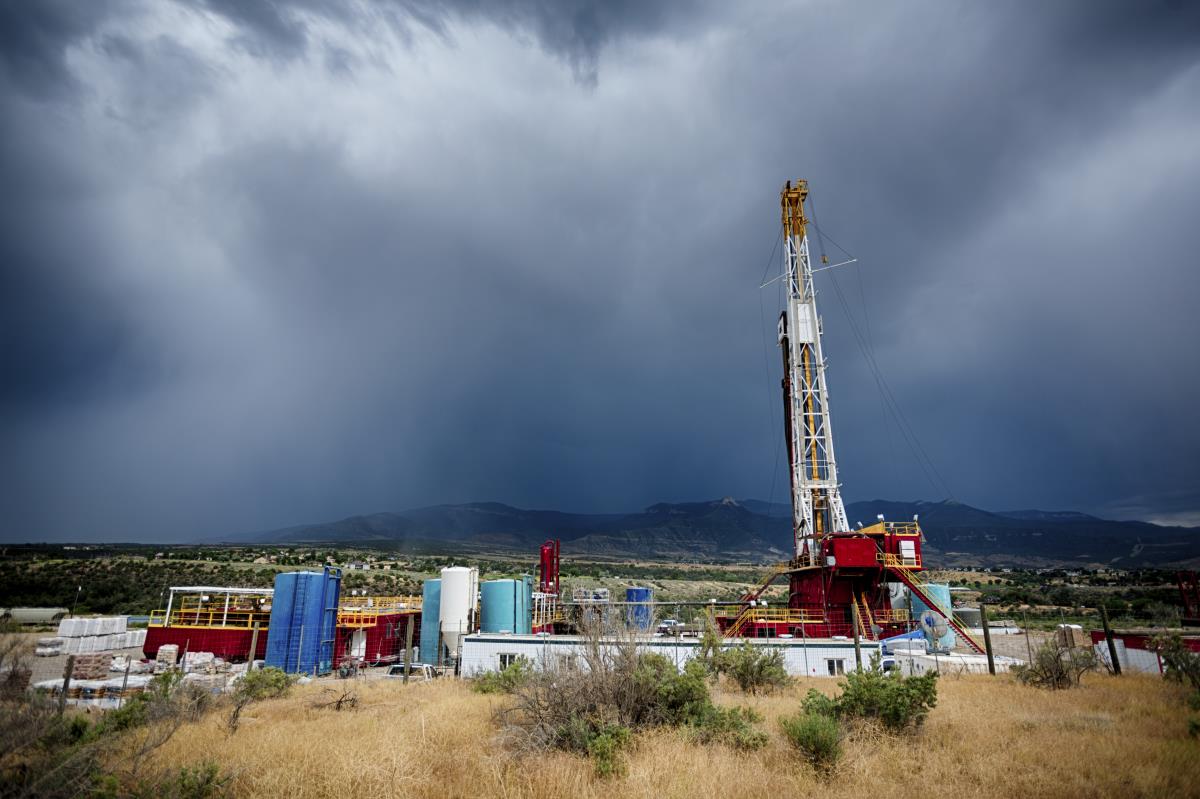Study: People who live near oil and gas facilities in Colorado are at increased risk of cancer
05/06/2018 / By Edsel Cook

Colorado researchers have just warned their fellow residents that living near oil and gas facilities will increase the chances of developing cancer. According to an article on The Denver Channel, their state’s current regulations on minimum distances between resident areas and such facilities are not enough to protect public health.
The researchers were from the University of Colorado (CU). They took air samples from four separate residential areas in the Northern Front Range and analyzed the amount of dangerous air pollutants in each area.
Their findings suggested that the air pollution level in the oil and gas facilities of the Northern Front Range exceed the limit set by the Environmental Protection Agency (EPA). Furthermore, they calculated that people who live within 500 feet of a fracking well are exposed to eight times the risk of cancer than the EPA is willing to allow.
Colorado’s “setback rule” mandates that new oil and gas wells must be built at least 500 feet away from the closest home and 1,000 feet from hospitals and schools. The findings of the CU study suggest that these regulated distances are not enough. (Related: Earthquakes in Oklahoma are manmade, strongly linked to fracking wastewater injection: Study.)
Fracking industry, trade associations dispute “inflammatory” findings
According to Dr. Liza McKenzie, the primary author and leader of the research group, her team focused on the non-methane hydrocarbons belched by fracking wells. The list included benzene, ethybenzene, toluene, and various xylenes.
Her co-author, Pam Milmoe of Boulder County Public Health, believes these air pollutants will cause severe and recurring health problems for people who live too close to the oil and gas facilities. She adds that Colorado needs better policies to reduce emissions from those fracking wells near homes, schools, and recreation areas.
Their report drew flak from representatives of the fracking industry and associated trade groups. Rebecca Simons of the Energy in Depth Mountain States says Colorado’s health regulators have previously debunked earlier studies from the CU researchers.
According to Simons, the Colorado Department of Public Health and Environment (CDPHE) had already taken a look at homes within 500 feet of fracking wells in 2017. The state regulator cleared those homes as safe.
Spokespersons for local trade association Colorado Oil and Gas Association also drew upon the 500-foot rule to counter McKenzie and Milmoe’s claims. They also cited earlier instances of “inflammatory analysis” from the lead author.
Top Colorado official says new study shows just why the 500-foot “setback rule” is vital
In an interview with local news channel Denver7, the CDPHE’s top official says McKenzie’s study actually reinforced the state agency’s earlier findings instead of calling the current regulations into question.
According to Dr. Larry Wolk, executive director and chief medical officer of the CDPHE, his agency used many of the same datasets and techniques as the CU study. The main differences were the distances involved and the particular risk assessment used.
Wolk said the CDPHE study restricted itself to air pollution data beyond 500 feet since that was the setback rule. The CU study, meanwhile, took readings at areas that were much closer to the fracking wells.
He also pointed out that his team adhered to the standard methodology of the EPA while McKenzie’s team used the risk assessment employed by California’s EPA. He believed this explained the differences between their analyses.
For Wolk, the CU study showed why the 500-foot setback rule is so important to protect the health of residents who live near fracking wells. He added that the CDPHE was preparing an updated risk assessment using new data collected by Colorado State University researchers.
Keep an eye out on the latest news from the fracking industry at Fracking.news.
Sources include:
Tagged Under: benzene, cancer, cancer risk, chemicals, Colorado, contaminants, Emissions, environmental hazards, EPA, fossil fuel, fracking, fracking industry, fracking wells, health regulations, Hydraulic fracturing, hydrocarbons, Northern Front Range, oil and gas drilling, pollutants, Public Health, toxic chemicals




















